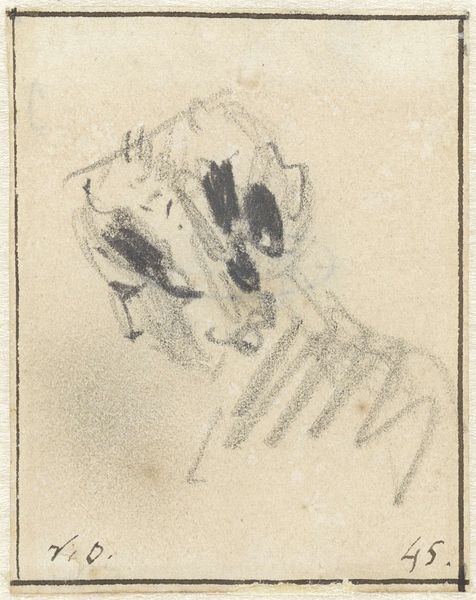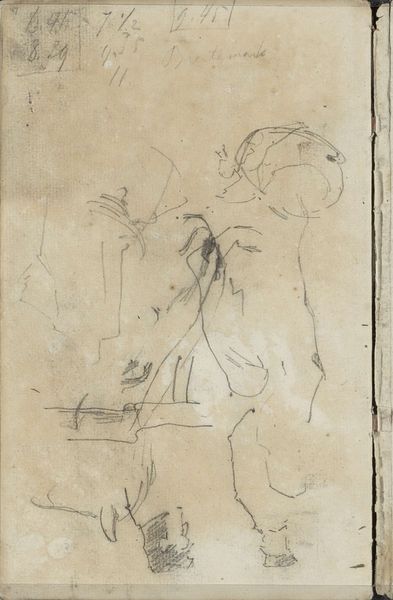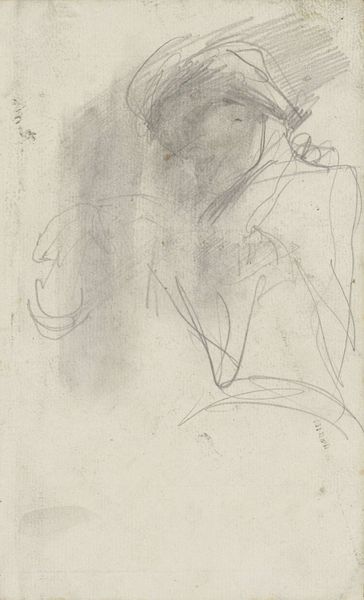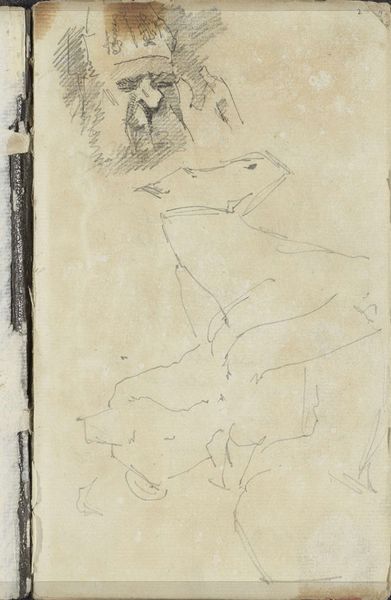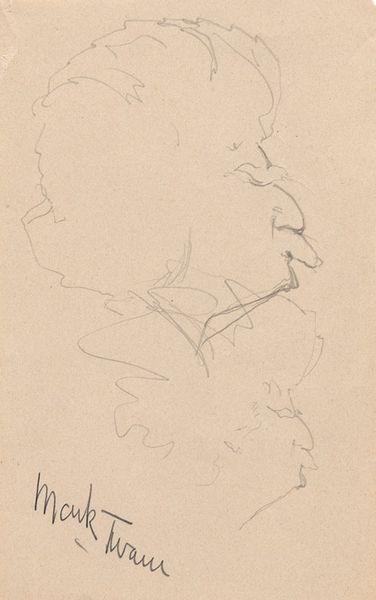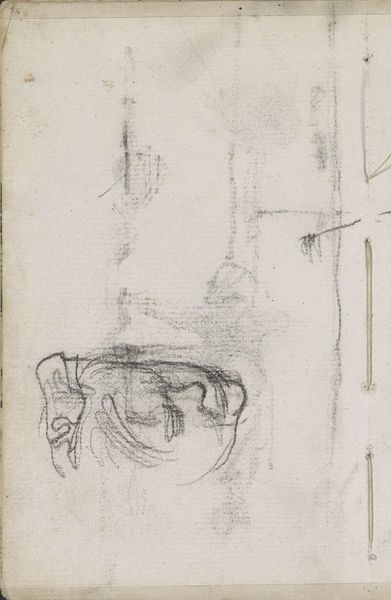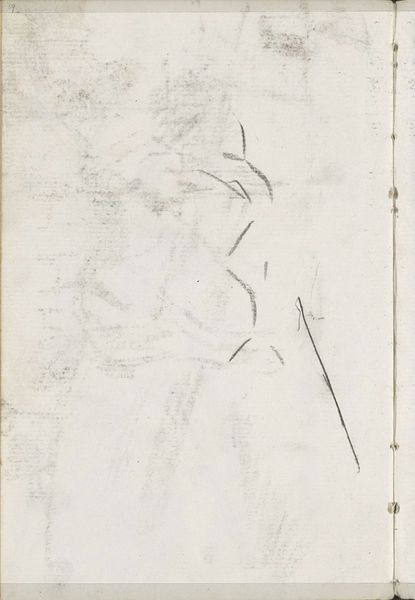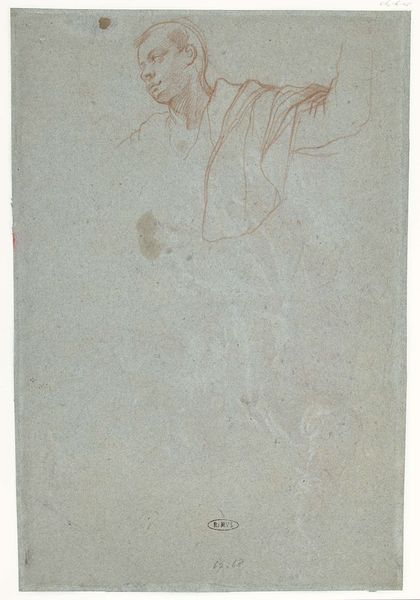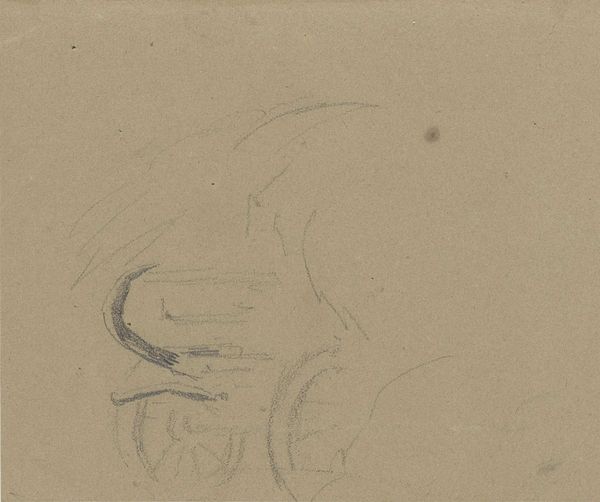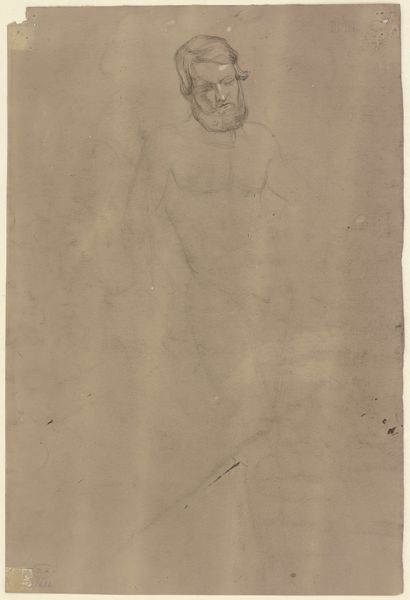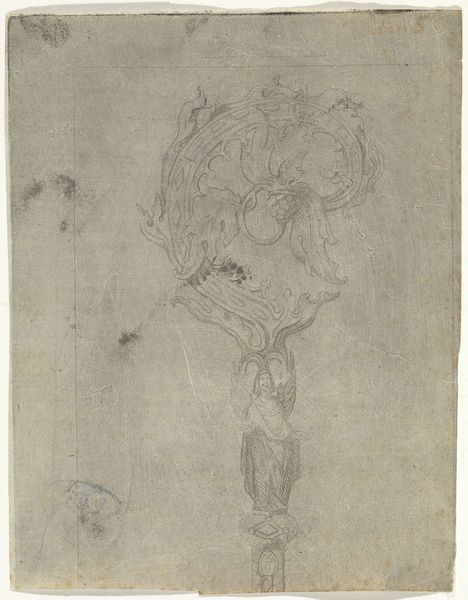
drawing, paper, pencil
#
drawing
#
paper
#
form
#
pencil
#
line
#
italian-renaissance
Dimensions: height 430 mm, width 290 mm
Copyright: Rijks Museum: Open Domain
Curator: Look closely at "Studies van handen, een hals en een oor," a pencil on paper drawing made sometime between 1595 and 1609 by Annibale Carracci, currently residing here at the Rijksmuseum. Editor: There's a raw vulnerability in this sketch, isn’t there? A disembodied quality. It reminds me of early anatomical studies, a detached clinical examination, but somehow imbued with this haunting… searching. Curator: Carracci's approach definitely emphasizes pure form here, doesn't it? There’s something elemental about these isolated fragments of anatomy rendered in spare lines. They feel almost archetypal. Consider the material limitations, though. He's just using pencil and paper here, cheap accessible materials that allow for quick studies and mass production. We think of drawings often as preparation of studies, often functional components for grander compositions. Editor: Absolutely. We should consider Carracci's role as a draughtsman within the larger workshop economy. These drawings aren't autonomous aesthetic objects. But doesn't it almost elevate the humble medium of pencil, showcasing its expressive capacity to capture so much with so little? These quick marks suggest flesh, weight, and three-dimensionality. Curator: I see the pencil lines and simple paper surface as being integral. They help strip away artifice, drawing the eye straight to the pure essence of observed forms. He’s capturing reality with elegant reduction. These sketches show Carracci engaging directly with nature and honing his technical mastery, something critical for success as a professional artist. The quality is almost ghostly; these aren't depictions so much as echoes. Editor: Perhaps we see these anatomical elements as the base materials with which Carracci builds grand narratives within his grander compositions. From dust to matter to artwork. So that while his drawing practice may be defined by process and labor it leads directly to emotion and empathy. Curator: In a way, this peek behind the curtain allows us a more intimate encounter than many grand history paintings would allow. Editor: A perfect summation of process versus artist touch, no? Curator: Indeed. An alchemical reaction in paper.
Comments
No comments
Be the first to comment and join the conversation on the ultimate creative platform.
